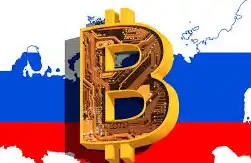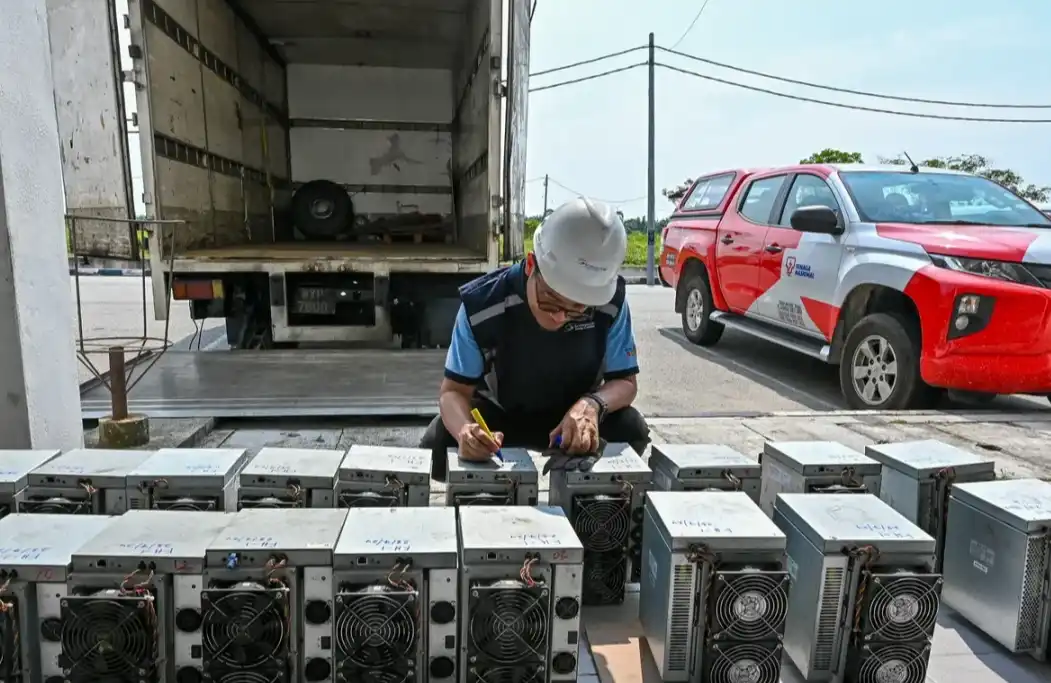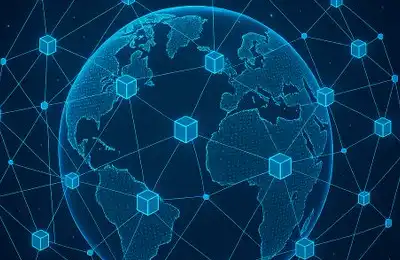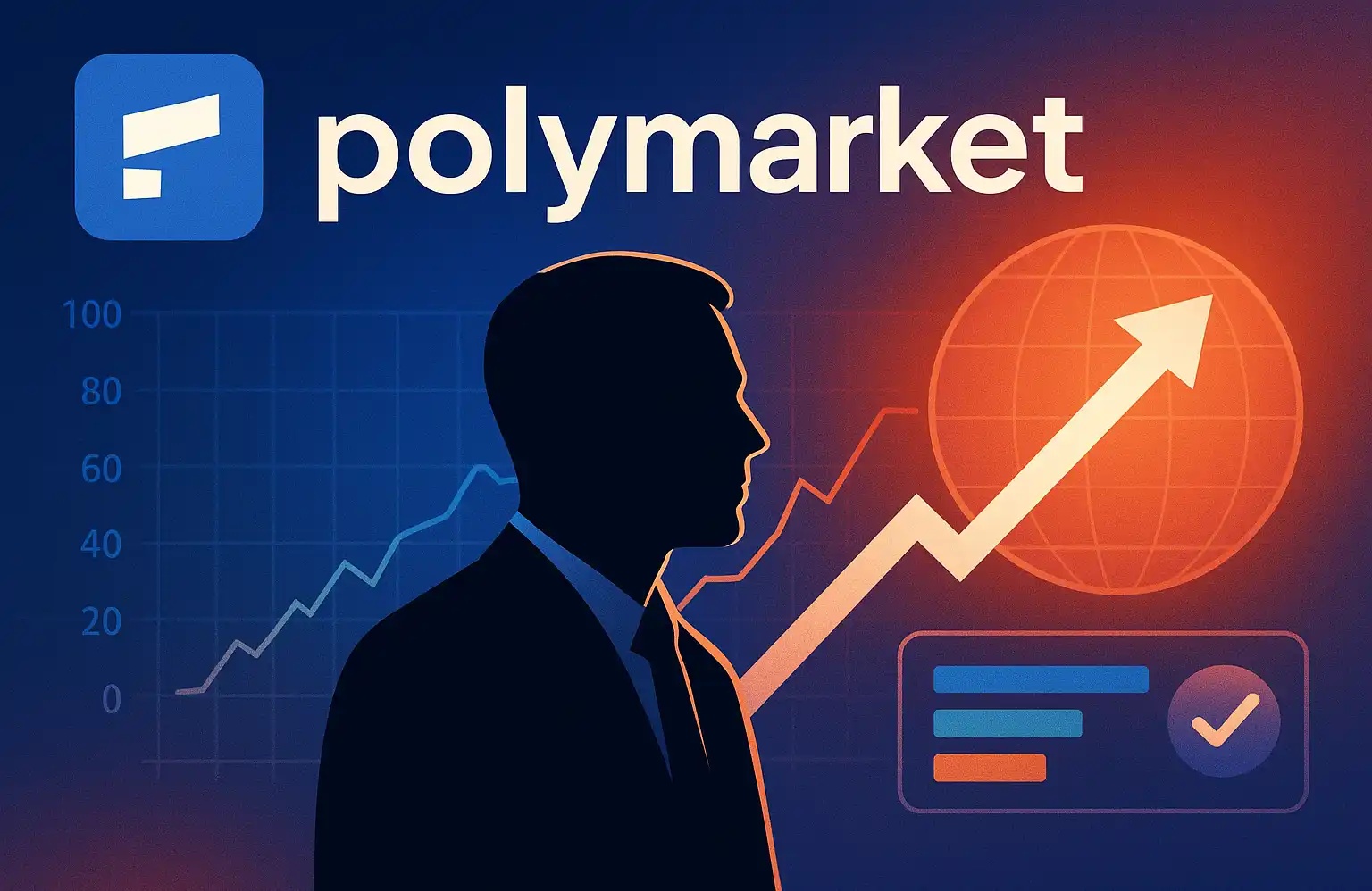Farcaster Metamorphosis: a16z Spends $180 Million to Topple Web3 Social
ABCDE has announced the cessation of new project investments and the suspension of fundraising for its second fund, triggering another round of "VC is dead" lamentation on Crypto Twitter. However, in the previous cycle, VCs were riding high, relying on storytelling to inflate valuations, packaging slide decks as the future of the Internet.
As the decentralized social media leader who raised a total of $180 million in two bull markets, Farcaster undoubtedly represents the epitome of VC storytelling. However, Farcaster's answer is gradually becoming clear—not betting on "decentralized imagination" anymore, but on "assetization execution." Farcaster is not a failed product but another narrative collapse in the crypto world. VCs have realized that they do not have the ability to reshape the world; they merely cashed out of a story of inflated valuations.
From Farcaster to Warpcast, and Back to Farcaster
Recently, Dan, the co-founder of the Farcaster protocol, announced that the team is considering renaming the current official client application known as Warpcast to Farcaster and synchronously adjusting its web domain to farcaster.xyz. This move aims to streamline the brand system and address the confusion between the protocol and the application for new users.
In 2021, Farcaster was launched as a desktop product, and in 2023, it transitioned to a mobile and web application and was renamed Warpcast. Although the initial renaming was thought to facilitate other developers to build their own clients based on the protocol by having a different name for the client (Warpcast) and the protocol itself (Farcaster) to drive protocol user growth, this vision did not materialize as most users still interact with the protocol through Warpcast, as reported by the team.
In May of last year, BlockBeats analyzed the Farcaster ecosystem. At that time, the front-end application Warpcast held the core functions of the Farcaster protocol, such as private messaging, Channels, etc. The ecosystem displayed a strong Matthew effect, with unofficial clients surviving in the margins, identifying pain points in Warpcast for feature development. Despite this, apps like Supercast and Tako adopted differentiated strategies to build their social platforms.
Related Reading: "No More Opportunities on Farcaster?"
Today, the Farcaster team officially announced the rebranding of the Warpcast frontend to Farcaster, which undoubtedly felt like a betrayal to those frontend application developers who had chosen the Farcaster protocol.
In fact, this renaming operation is just a small reflection of Farcaster's transition. Since last October, the Farcaster protocol has made adjustments in product updates, strategic positioning, personnel changes, and more.
One detail is that in subsequent developer meeting discussions, there is no longer a distinction between "Farcaster topics" and "Warpcast updates" sections. Instead, the focus is on specific overall issues such as Growth, Direct Cast, reducing registration costs, Hub stability, FIP governance, and identity systems.
However, in terms of user stickiness, Farcaster has so far been unable to overcome the typical cold-start platform dilemma. According to Dune data, since open registration in the second half of 2023, its DAU/MAU ratio has long hovered around 0.2, briefly reaching 0.4 in early 2024 due to the DEGEN hype, and then quickly falling back.
The DAU/MAU ratio refers to the ratio of daily active users to monthly active users, used to measure the number of days users interact with the application per month. A ratio approaching 1 indicates higher user engagement, and when the ratio is below 0.2, the application's virality and interactivity will be weak.

In comparison, early Web2 community products such as Reddit or Mastodon have maintained a stable DAU/MAU ratio in the range of 0.25 to 0.3. Even smaller-scale, more niche social applications like Discord servers can often maintain an engagement ratio above 0.3. Farcaster's data indicates that although it has maintained a high level of visibility in the Crypto community, user usage habits have not been truly established, with active users mainly concentrated among a few heavy creators and on-chain natives, failing to form a sustainable content consumption and social interaction loop.
Creating Content? Creating Assets? Farcaster Has No Answer
In the initial product logic, Farcaster attempted to build a decentralized social graph through content tools, with channels (similar to topic groups) once seen as the core unit carrying community and traffic in this graph. However, the incentive effect of assets far exceeded the self-organizing ability of content, leading to a shift in product logic.
Abandoned Channel
In February 2024, the social token $DEGEN gained popularity in the Warpcast channel named Degen, becoming a key driver of Farcaster's breakout. At that time, Farcaster had only opened network registration four months prior, with daily active users surpassing 30,000. With the $DEGEN token fermenting and other similar popular channel tokens emerging, Farcaster's peak daily active users reached 70,000.

The Farcaster team recognized that channels were a vehicle to aggregate people, attention, and liquidity. Farcaster founder Dan believed this was a significant difference from centralized social media like Twitter, allowing small communities to appear within a larger social graph. Although just a feature of Warpcast, the plan was for full decentralization. By nurturing these small, focused communities, channels could enhance user engagement and create a more intimate social experience.
As a result, the team established the core development focus of channels and created many concepts around it, including various rights of channel hosts, channel ownership, and projects and clients centered around channels. Dan even urged users not to squat on channel names to later sell them to brands, referencing a story where the podcast Bankless and its users fought over channel names.
However, this approach did not last long. In July 2024, network scalability bottlenecks in the Farcaster protocol surfaced. During a developer conference, the team announced they would pause the decentralization of channels and rethink the implementation path.
Responding to users asking why they couldn't speak in certain topic channels, Dan stated that channels would not provide any additional distribution bonuses. While this was done in the past, it had little impact. He said, "Channels are suitable for community operations but not for discussing a specific topic. We won't recommend them to new users." Historical data showed that channels had a limited impact on user growth, and due to limited resources, the Farcaster team had no immediate plans to add new channel features.
Instead, the product priorities shifted to Mini Apps and the Wallet, transforming Farcaster from a content and social graph-oriented social protocol to a transaction-focused protocol, as the latter could attract more native users in the crypto space.
Built-in Wallet Exacerbating Monopoly
In a podcast episode, Farcaster co-founder Dan shared his latest understanding of the "User" concept: users who merely register an account and have minimal interaction, although superficially increasing activity levels, do not bring real value to the network. The true value comes from wallet users who hold crypto assets and are willing to engage in on-chain interactions. This refined user perception directly influenced the team's product strategy regarding the wallet system.
By the end of November 2024, Farcaster began exploring integrating a tradable wallet within the application to facilitate on-chain transactions. The goal was to increase on-chain interaction frequency, enhance ecosystem stickiness, and unlock monetization potential. In fact, each Warpcast user already had a "Farcaster Wallet" created by default at registration, which tied user identity for logging into Warpcast and Frames. However, as it was only stored locally on the phone, its functionality leaned towards authentication and signing rather than fund transfers.
In contrast, the newly launched "Warpcast Wallet" is a transactable wallet that users can generate at registration and use for token deposits, exchanges, transfers, and on-chain interactions.
The timing of Farcaster's integration of a tradable wallet is hard to ignore in relation to Clanker's emergence.
Clanker is an AI Agent for token issuance on Warpcast. Users can post and tag Clanker to release tradable tokens on Uniswap. The official $CLANKER token skyrocketed 20 times in value last November, making Base and Warpcast competitors with Solana in the AI concept space. Due to the wealth creation effect of $CLANKER, Farcaster's daily active users reached a new high since last summer.

Unlike the fate of $DEGEN, another breakout target within Warpcast, $CLANKER received attention and support from the team and core community from the beginning. However, during this process, the Agent, DEX, consumer wallet, and others all benefited from this asset issuance frenzy, but Warpcast did not receive any economic return.
Clanker's success made the team realize that merely relying on open protocols and third-party integrations is insufficient to foster more on-chain interactions within the Farcaster ecosystem. They needed to have control over a native tradable wallet system, thus giving rise to the Warpcast Wallet.
From a product design perspective, the role played by the Warpcast Wallet is to act as a bridge between user social interactions and on-chain activities—users can complete transactions, tips, or airdrops by clicking on Frame without the need to switch wallets or connect to an external wallet. This "social equals financial" product logic makes Farcaster more like a "Singapore" in the crypto world—having a small user base, but with high wallet activity and per capita funds.
According to the official documentation, users are required to pay a 0.85% fee when using the Warpcast Wallet, with 0.15% going to the 0x Protocol providing transaction routing, and the remaining 0.70% directly contributing to Warpcast's revenue. Dune data shows that since its launch, the revenue curve of the Farcaster protocol has been steadily increasing, providing initial validation of the embedded wallet as a path to commercialization.

However, it is worth noting that the Warpcast embedded wallet is not written into the protocol layer. Additionally, with the intention to rename the Warpcast client to Farcaster, BlockBeats has learned that some Farcaster developers believe the protocol is becoming increasingly centralized and monopolistic.
The Greatest Innovation is Just "WeChat Mini Program"
After introducing the embedded wallet, Farcaster has made smoother progress towards becoming an asset-oriented social application. The official team has stated that one of the purposes of launching the wallet is to attract developers to build applications based on the Frame framework, thereby promoting the integration of transaction activities and content distribution.
Frame was initially launched in early 2024 as a lightweight application standard built on top of the Farcaster protocol, allowing developers to embed small programs into social clients. When users click on Frame, developers can identify their wallet address and push content to them or trigger interactive operations. However, with the overall decline in Farcaster's popularity, the use of Frame has shown a noticeable downward trend.
To address this situation, Farcaster introduced Frame v2 at the end of 2024. The new version supports building applications with HTML, CSS, and JavaScript to provide a nearly native experience. Developers can quickly deploy products using the Mini App SDK without having to go through the app store approval process. Frame v2 not only enhances interaction complexity but also deeply integrates with the embedded wallet, further enhancing transaction attributes, making the overall experience more similar to a WeChat Mini Program.

In March 2025, Linda Xie, co-founder of Scalar Capital and Bountycaster, joined the Farcaster team to lead developer relations, with a focus on advancing the development and promotion of Frame. At the same time, Farcaster launched an "Airdrop Program," encouraging developers to build applications using Frame v2 and reach users through asset airdrops. Although this mechanism was not an official token airdrop, it effectively activated user growth. In mid-March, Farcaster's daily active users briefly surpassed 40,000, reaching a milestone.

In early April 2025, Farcaster officially renamed Frame to Mini App and placed it alongside Wallet in the bottom navigation bar of the Warpcast client.
Currently, a batch of lightweight applications supporting on-chain interaction has been integrated into Warpcast, with Mini App now officially becoming a significant part of the ecosystem. However, based on user growth data, Mini App's user acquisition capabilities have not been significantly unleashed, and its long-term impact is still to be observed.
The Demise of "Web3" and the Fall of Silicon Valley Legends
In fact, Farcaster's transformation is not unique; it merely was the first to expose the structural dilemma of the entire Web3 social race track — open protocols cannot generate user scale, content distribution struggles to drive transactions, ultimately reverting to the only tangible reality of asset-driven growth.
Do We Really Need a "Decentralized Social Platform"?
From $DEGEN to $CLANKER, almost every time Farcaster gained attention, it was closely tied to assets. What truly spurred the surge in daily active users was not the protocol's evolution or client-side innovation but rather a wealth effect repeatedly driven by tokens. This recurring pattern reveals a core fact: Farcaster is not "unused," but rather "only used when there is money to be made." These platforms indeed fulfill a certain market demand, but their role is not that of a social network; instead, they are asset distributors.
This is not coincidental but rather the inevitable outcome of the prolonged misalignment between the crypto narrative and real-world use.
In 2020, BlockBeats wrote in an article titled "The World Hates Current Social Media" that decentralization and protocolization might be the only way for social products to break free from the "platform dilemma" — amid escalating content censorship and platform monopolies, open protocols carry people's hopes for a "new social order."
Back then, Twitter was seen as the epitome of a failed protocol: it briefly opened its API, encouraging developers to build an ecosystem, but eventually reverted to the old path of being an advertising platform and data monopoly. The original ambition of Farcaster was to "not become the second Twitter"; it claimed to be centered around an open protocol, connecting developers, users, and assets to achieve a co-constructed, mutually beneficial decentralized social network.
However, three years later, what Farcaster replicated was not Twitter's initial protocol ideal but its later platform logic. Dan, who once urged everyone to "build their own client based on the protocol," now personally announced that the client is also called Farcaster, tying the "protocol" and "product" closely together.
This shift in focus to finding Product-Market Fit (PMF) is rational at the product level and can even be seen as a realistic compromise, but it also indicates that the so-called "open ecosystem," in the process of implementation, has quietly been hijacked as a narrative tool for user growth. The role of developers is not to be truly supported but to be used to tell a story. Similar to when Twitter closed its API years ago, the developer ecosystem is merely temporary fuel leading to platform lock-in.
Over three years, Farcaster has proven one thing: In the Crypto context, a social protocol cannot fundamentally form the ecosystem we expected in 2020. Not because no one developed a client, but because no one used it. Not because it's not decentralized enough, but because decentralization is simply not what users care about.
Today, just like SocialFi, GameFi has also been to some extent labeled with the title of a "death race." Some time ago, a certain Key Opinion Leader (KOL) retorted to the founder of a decentralized social application, saying, "After doing traffic for so long, the fans of your decentralized social app still haven't surpassed a regular individual KOL like me. What capability do you have? What have you achieved with your company's $2M funding? You haven't made more profit than my SOL wallet." Amidst bitter smiles, one can't help but sigh that the era of infrastructure built on narratives has ended, and the valuation system of all VC projects is being redefined.
Crypto is not the "Next Internet"
However, a16z is the biggest advocate of this narrative. They have long been investors in Twitter, Facebook, and other social media, and when the investment giant encounters decentralized social products, it naturally cannot ignore their existence. As a Google executive put it, "They're like a madman, boldly stepping into every transaction."
a16z's full name is Andreessen Horowitz, derived from the surnames of the two founders, Marc Andreessen and Ben Horowitz, who founded it in 2009. As a renowned software catcher, almost all the most dazzling companies in the internet field have been caught: Facebook, Twitter, Airbnb, Okta, Github, Stripe, etc. Their investment strategy combines early sensitivity and growth-stage decisiveness, enabling them to invest in Instagram at the seed round, compete for Github in the Series A, and lead a $150 million round in Roblox at Series G.
Its keen foresight and aggressive investment style are especially evident in its layout in the crypto field. When Coinbase, invested in 2013, went public, its market value reached as high as $85.8 billion, making it one of the largest tech IPOs in history. After cashing out $4.4 billion, a16z still holds 7% of the company to this day. Well-known crypto projects such as OpenSea, Uniswap, and dYdX are also among a16z's masterpieces.
The crypto bull market since 2021 has sent the paper value of major venture capital portfolios soaring, with fund returns reaching 20 times or even 100 times, making crypto venture capital suddenly look like a money-printing machine. Limited partners (LPs) have flocked in, eager to catch the next wave. The size of new funds raised by venture capital firms is 10 to 100 times larger than before, firmly believing that they can replicate those excess returns.

Farcaster is undoubtedly the product of the peak of this liquidity frenzy. In July 2022, Farcaster announced a $30 million financing round led by a16z. Two years later, Farcaster raised $150 million at a valuation of $1 billion, with Paradigm leading the round and A16z Crypto, Haun, USV, Variant, Standard Crypto, and other top VCs participating. With a valuation of $1 billion, it became the largest financing in the Web3 social track record. At that time, Fortune magazine commented that this valuation was more of a result of internal fund round games rather than a true reflection of market demand.
Crypto investor Liron Shapira said, "If venture capital still has LP capital available, they could choose to invest $150 million instead of returning it, allowing them to collect an additional $20 to $30 million in management fees." This is not a recognition of the market for Web3 social, but rather a self-consistent closed-loop operation of capital. An article in Fortune magazine also quoted an anonymous source who, due to business constraints, requested anonymity, stating that, like most protocols, he expects Farcaster to launch a token, and investors will be eager to capture its fully diluted value.
a16z partners have proposed that "technological waves often appear in combination," endorsing the intersection of Web3, AI, and hardware. However, they have avoided a fundamental fact: every leap in the mobile internet, whether smartphones or search engines, is built on real user pain points and technological breakthroughs, rather than a structural bubble under a capital narrative.
"Tech eats the world" was once a radical and precise judgment, but its applicable premise is that technology has a crushing advantage at the foundational level. The reason AI has exploded is that it challenges individual intelligence—a structural capability difference that cannot be resisted. Blockchain, on the other hand, challenges "sovereign currency," an unchanged credit system for two millennia. It will not explosively disrupt social structures like the internet or AI but will slowly evolve over a long period, being absorbed and assimilated by vested interest systems, ultimately becoming part of the original order.
Therefore, in reality, the crypto systems that are truly accepted by users and create value almost without exception follow a "mechanism-first + liquidity-first" approach. From Uniswap to Lido, from GMX to friend.tech, they rely on capital attraction rather than idealism. The VC model of "investors driving world change" does not apply in this world.
Crypto has never lacked social tools; the so-called protocol ideal is merely this industry's illusion projection onto the internet platform era. It attempts to replace business models with consensus mechanisms but ultimately only postpones structural issues to the asset monetization stage.
The biggest crisis in the current crypto industry is not regulation, not technology, but strategic confusion and a demand vacuum. Apart from "casino logic" and cross-border payments, almost no area demonstrates the ability to continuously create user value. The failure of VCs is essentially a directional speechlessness due to the absence of value: if this industry itself lacks real value, then value discovery is impossible from the outset.
Welcome to join the official BlockBeats community:
Telegram Subscription Group: https://t.me/theblockbeats
Telegram Discussion Group: https://t.me/BlockBeats_App
Official Twitter Account: https://twitter.com/BlockBeatsAsia











